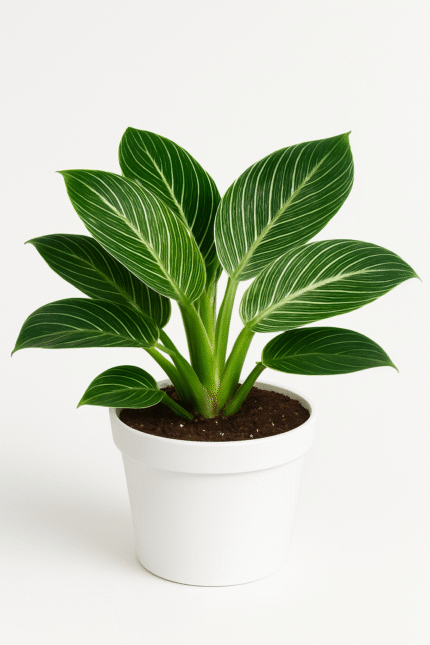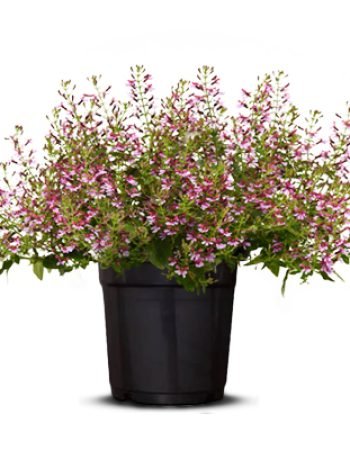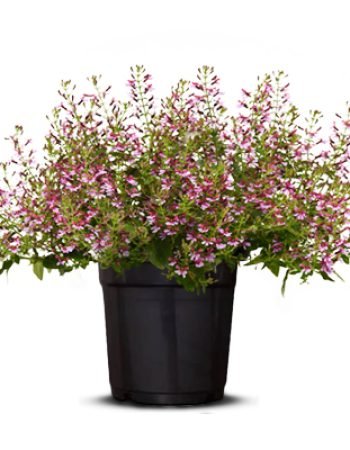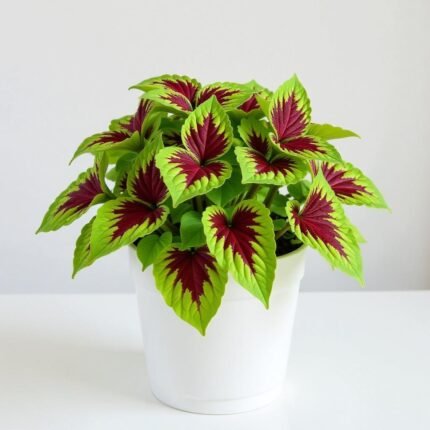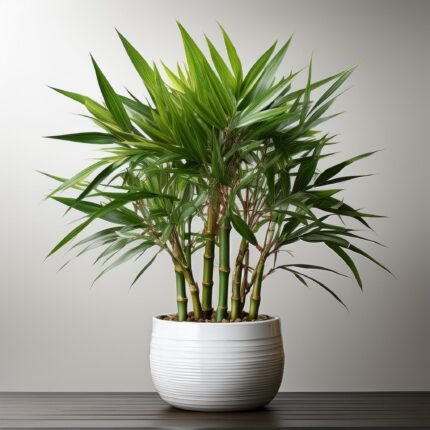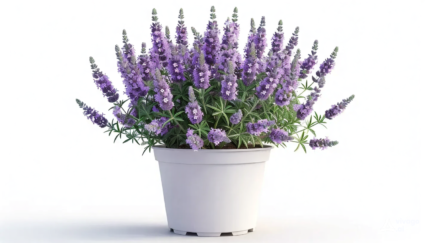Product Description:
The plant’s upright arching shape and attractive green leaves will add interest and texture to your garden. Lemongrass is an herb used in the kitchen for its citrus flavor and scent. It’s native to the tropics, so it does require some protection from the cold. Besides that, it is fairly easy to grow. Originating from the tropical climes of Sri Lanka and South India, lemongrass thrives in constant heat, meaning that in most parts of the US and Europe it is best grown in containers that can be moved to the sunniest spot of the garden – and into a greenhouse or indoors when the weather gets colder.
Light:
In its native habitat, lemongrass grows in full sun , even in hot climates. At least six hours of direct sun per day will meet the plants’ energy needs. Plants growing in shade will be sparse and may attract pests.
Soil:
Lemongrass plants prefer rich, loamy soil. You can create this ideal soil by adding several different soil amendments: compost, manure, and leaf mold are all enriching additives that you can add at planting time.
Water:
Lemongrass prefers moist soil for best plant growth, but once established, it will tolerate drought. A 3-inch layer of mulch can help conserve soil moisture and will enrich the soil as it breaks down.
Temperature and Humidity:
Lemongrass thrives in hot, steamy climates. The time for growing lemongrass outdoors is similar to the timing for tomato planting when night temperatures are in the 60s, it’s time to plant. Lemongrass is very frost sensitive, so if you plan to overwinter the plant indoors, bring it inside before temperatures get into the 40s.
Fertilizer:
As a grassy plant, lemongrass needs a nitrogen-rich fertilizer for its best growth. You can use a slow-release 6-4-0 fertilizer that will feed lemongrass throughout the growing season. You can also water your lemongrass plants with manure tea, which will add trace nutrients.
Pruning:
Lemongrass plants that live for more than one season benefit from an annual haircut to tidy up plants and remove dead foliage. The plant will naturally die back for the winter, when you should leave the browning leaves alone to protect it from frost.
Propagating Lemongrass:
Lemongrass grows in clumps that make it very easy to propagate by dividing. You can combine your harvesting and dividing tasks, as both require digging the plant. Each leaf fan will be attached to a narrow bulb-like base with roots attached, and each one of these has the potential to become a new clump.
Potting and Repotting:
Choose a large container for growing your lemongrass, at least 12 inches in diameter. This is both to accommodate a healthy root system and to prevent top-heavy plants from tipping over. In cold climates, you can grow a single root division in a small container in a sunny windowsill to keep the plant going for next season’s harvest.



